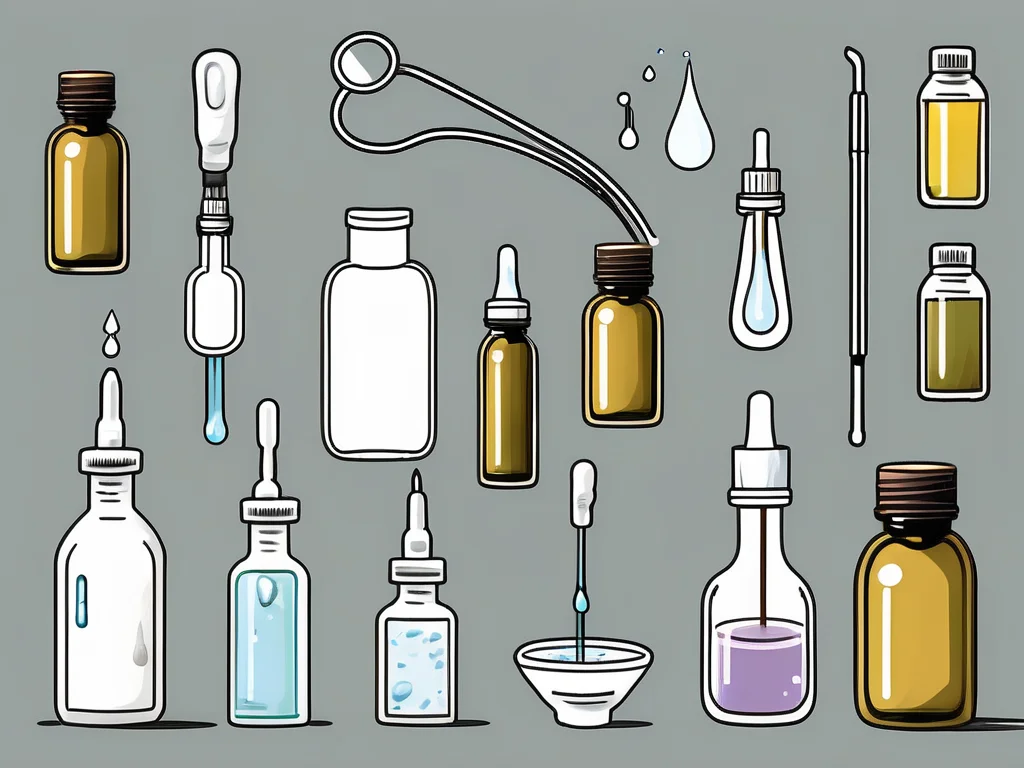Earwax, or cerumen, is a natural substance that protects the ear canal, but excessive buildup can cause discomfort, hearing issues, or infections. Consulting a professional for earwax removal ensures safe and effective management. This guide explores the role of earwax, causes of buildup, ear drop usage, and when to seek expert help, offering practical insights for maintaining ear health.
What Is Earwax and Why Does It Matter?
Earwax is produced by glands in the ear canal to shield the inner ear from dust, debris, and bacteria. It maintains pH balance, creating an acidic environment that prevents infections. Additionally, earwax lubricates the ear canal, reducing dryness and irritation. Understanding its protective role highlights why proper management is essential to avoid complications like hearing loss or discomfort.
How Does Earwax Naturally Clear Itself?
Earwax is self-cleaning. Jaw movements from chewing or talking push old wax toward the outer ear, where it dries and falls out, carrying trapped debris. This natural process involves a unique mix of shed skin cells, hair, and ceruminous gland secretions, forming a protective barrier. Disruptions to this process can lead to problematic buildup.
What Causes Earwax Buildup?
Several factors contribute to earwax accumulation:
- Improper Cleaning: Using cotton swabs or objects pushes wax deeper into the canal.
- Frequent Earplug Use: Earplugs or earbuds can block wax movement.
- Narrow Ear Canals: Anatomical structure may impede natural wax expulsion.
- Excessive Wax Production: Genetic factors or health conditions can increase wax output.
Avoiding these triggers and adopting safe cleaning habits can prevent complications.
How Do Ear Drops Help with Wax Removal?
Ear drops are a common solution for softening earwax, making it easier for the body to expel naturally. Available over-the-counter or by prescription, they offer a safe way to manage buildup when used correctly.
What Are Over-the-Counter Ear Drops?
Over-the-counter ear drops contain ingredients like mineral oil, hydrogen peroxide, or glycerin. These soften wax, aiding its movement out of the ear canal. To use them effectively:
- Warm the drops to body temperature to avoid dizziness.
- Tilt your head, pull the outer ear up and back, and apply the recommended dose.
- Remain tilted for a few minutes, then wipe away excess with a clean cloth.
Always follow the product’s instructions to ensure safety.
When Are Prescription Ear Drops Needed?
For severe or persistent buildup, doctors may prescribe stronger drops containing carbamide peroxide or hydrocortisone. These require professional supervision to avoid complications, especially for individuals with ear conditions like infections or perforated eardrums.
How to Apply Ear Drops Safely?
Proper application maximizes the effectiveness of ear drops and minimizes risks. Follow these steps:
- Preparation:
- Check the expiration date and ensure the solution is clear.
- Clean the outer ear with a cloth, avoiding insertion into the canal.
- Warm the drops by holding the bottle in your hand.
- Application:
- Tilt your head so the affected ear faces up.
- Administer the recommended number of drops.
- Stay tilted for a few minutes to allow penetration.
- Post-Application:
- Use a clean tissue to catch excess drops.
- Avoid inserting objects like cotton swabs, which can worsen buildup.
If pain, discomfort, or hearing loss occurs, consult a healthcare provider immediately.
Are There Natural Remedies for Earwax Removal?
For mild cases, natural methods can complement ear drops:
- Warm Water or Saline Flush: Use a bulb syringe with lukewarm water to gently irrigate the ear. Avoid excessive pressure to prevent eardrum damage.
- Olive Oil: A few drops of warm olive oil can soften wax naturally.
However, avoid DIY methods like using bobby pins or cotton swabs, as these can push wax deeper or cause injury.
What Are the Risks of DIY Earwax Removal?
Improper techniques can lead to:
- Impacted wax, worsening blockage.
- Eardrum damage from forceful irrigation or objects.
- Infections from contaminated tools or solutions.
Consulting a professional is safer for complex cases.
When Should You Avoid Ear Drops?
Ear drops are not suitable for everyone. Avoid them if you have:
- A perforated eardrum.
- An active ear infection.
- Recent ear surgery.
- Allergies to drop ingredients.
Side effects like irritation or a feeling of fullness may occur. Stop use and seek medical advice if discomfort persists.
Why Consult a Healthcare Professional for Earwax Removal?
Professional consultation ensures safe and effective wax management. Doctors can:
- Diagnose underlying ear conditions.
- Recommend appropriate treatments, including ear drops or alternative methods.
- Perform procedures like manual removal, microsuction, or irrigation for severe cases.
Seek help if symptoms like hearing loss, pain, or dizziness persist despite using ear drops.
What Are Alternative Earwax Removal Methods?
When ear drops are ineffective, professionals may use:
- Manual Removal: Specialized tools remove wax under controlled conditions.
- Microsuction: A gentle suction device clears blockages.
- Irrigation: A controlled water flush removes wax safely.
The best method depends on the severity of buildup and individual ear health.
What Precautions Should You Take with Ear Drops?
To ensure safe use:
- Follow product instructions precisely.
- Do not exceed the recommended dose or duration.
- Consult a doctor if unsure about suitability.
- Avoid drops if allergic to ingredients.
Proper precautions prevent complications and enhance effectiveness.
How to Maintain Healthy Ear Hygiene?
Preventing earwax buildup involves:
- Avoiding cotton swabs or objects in the ear canal.
- Using ear drops or natural remedies as needed, under guidance.
- Regular checkups with a healthcare provider for persistent issues.
- Keeping earplugs or earbuds clean to avoid blocking wax.
Consistent care supports long-term ear health.
Conclusion
Safe earwax removal requires understanding its role, using ear drops correctly, and knowing when to consult a professional. Over-the-counter and prescription drops offer effective solutions for managing buildup, while natural remedies can help in mild cases. Avoid risky DIY methods and seek expert advice for persistent symptoms or complex conditions. By following proper techniques and precautions, you can maintain healthy ears and prevent complications.



